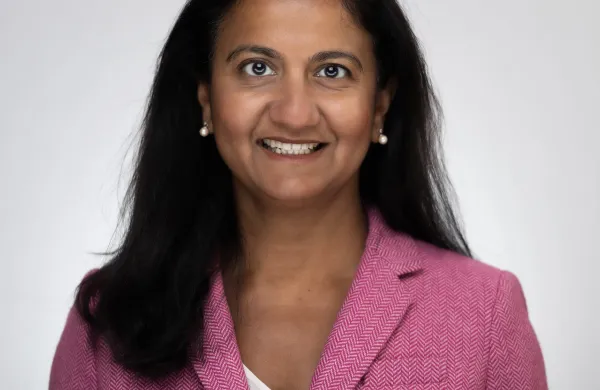Institutional investors looking to dip their toes into private investments should look first to the secondary market rather than funds of funds, investment advisory firm Cambridge Associates recommends in a new report.
Interest in investing in private instruments like secondary funds has picked up over the past year — so much so that it’s become a seller’s market, with secondaries raising a record $13.6 billion during the first quarter of 2017. That comes down to performance, according to the Cambridge report, released Tuesday, which found that portfolios with at least 15 percent allocated to private markets outperformed peers that had less than 15 percent allocated to private markets.
[II Deep Dive: It’s Becoming a Seller’s Market for Private-Equity Interests]
Wading into private markets with little experience can be difficult, according to Cambridge. Many allocators opt for a fund-of-funds investment — in which managers invest in a diversified portfolio of fund managers on behalf of clients and charge a fee to do so — to gain exposure to investment strategies, such as private equity, that are tricky to master without experience and connections.
But choosing a secondary investment instead can offer certain advantages, Cambridge says. Secondary funds purchase existing positions in private funds from other limited partners looking to exit their investments, for liquidity, portfolio restructuring, or other reasons. Investing first in secondaries allows allocators to see immediate cash distributions while experiencing less overall risk, according to the report.
“If you’re starting a private investment allocation, you want to be able to show that your efforts have a yield that’s viable,” Alex Shivananda, senior investment director at Cambridge Associates, tells Institutional Investor. “This is another way to be able to do that. Your capital is put to work faster, and is able to show returns earlier.”
Shivananda adds that while the two funds types have similar characteristics, “secondaries will invest in funds that have earlier vintage years, which means you’ll have more historical experience.”
Secondary funds usually take around seven years to return an allocator’s full investment, “which is unusual for any private equity strategy and desirable for that reason,” according to Cambridge.
On average, in the first three years of a secondary fund, approximately 19 percent of limited partner capital is drawn down. This is compared with 7 percent for traditional private-equity funds and 4 percent for funds of funds, the report showed.
And this larger distribution lasted overtime. In years six through eight of a secondary fund investment, 80 percent of capital was distributed. For funds-of-funds, just 44 percent of capital was distributed. In other words, secondary funds have a much shorter life cycle than funds-of-funds.
What’s more, secondary funds overall report stronger results that funds-of-funds, according to the Cambridge report. Secondary funds often don’t have to put nearly as much money down as do funds-of-funds, according to Cambridge. At any point within the fund’s lifetime, the maximum out-of-pocket exposure for a secondary fund investor is 56 percent of investor capital. For funds of funds, it’s more like 63 percent, according to the report.
Still, funds-of-funds remain a preferable investment in some instances, Cambridge says. Venture capital, for instance, is hard to access via the secondary market, according to the report. Funds of funds are also useful for accessing emerging markets, the report noted.
Still, Shivananda said, a secondary fund is a good option for new investors.
“The benefit of a secondary fund investment is that allocators get cash back faster,” he says. “It provides a benefit for the program manager in terms of showing returns.”







